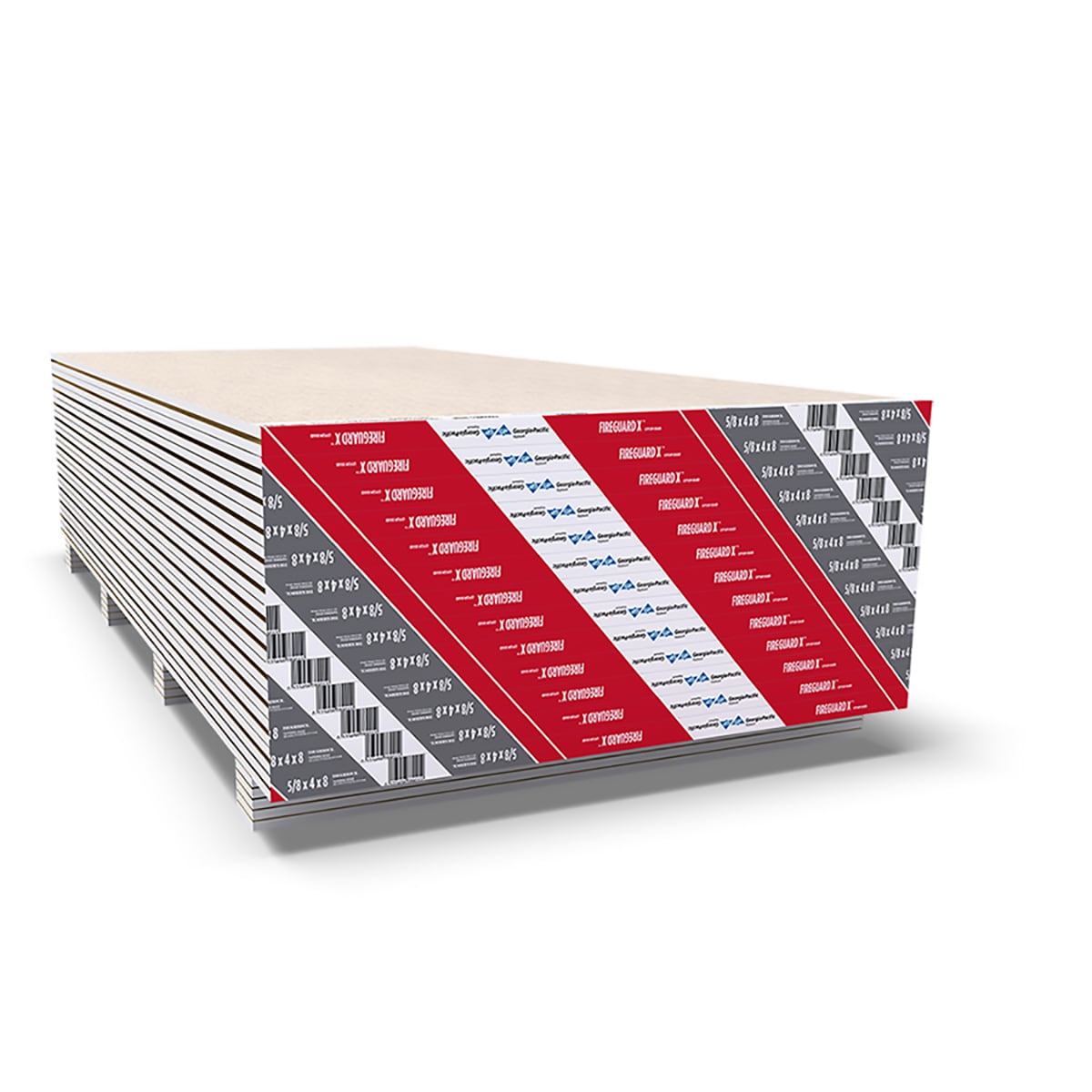When it comes to working with PVC (Polyvinyl Chloride) pipes, finding the right tool for cutting is crucial. Whether you are a DIY enthusiast or a professional plumber, having the best tool for the job can make a significant difference in the outcome of your project. In this comprehensive guide, we will explore various cutting options and help you determine the best tool to cut PVC, ensuring precision, efficiency, and safety.
- PVC Pipe Cutter:
One of the most popular and efficient tools for cutting PVC is a PVC pipe cutter. Designed specifically for this purpose, PVC pipe cutters come in various sizes and styles, including ratcheting and scissor-style cutters. These tools provide clean, straight cuts with minimal effort, making them ideal for both small-scale projects and large-scale installations. PVC pipe cutters are widely available and can be found at hardware stores or online retailers. - Hacksaw:
If you don't have access to a PVC pipe cutter, a hacksaw can be a reliable alternative. With a fine-toothed blade, a hacksaw can cut through PVC pipes effectively. However, it requires more effort and precision compared to a dedicated PVC pipe cutter. It is important to ensure the pipe is secured firmly before cutting and to use slow, steady strokes to maintain control and prevent the pipe from cracking or splintering. - Circular Saw:
For larger PVC pipes or projects that require multiple cuts, a circular saw can be a valuable tool. Equipped with a fine-toothed blade suitable for cutting plastic, a circular saw can quickly and accurately cut through PVC pipes. However, it is essential to use a guide or a jig to ensure straight cuts and maintain safety. Additionally, wearing appropriate safety gear, such as goggles and gloves, is crucial when using a circular saw. - Rotary Tool with Cutting Wheel:
When precision and versatility are paramount, a rotary tool with a cutting wheel attachment can be an excellent choice. This tool allows for intricate cuts, such as notches or curves, in PVC pipes. The high-speed rotation of the cutting wheel ensures clean and precise cuts. However, it is important to exercise caution and practice on scrap pieces before attempting complex cuts to avoid damaging the pipe or compromising safety. - Miter Saw:
For professionals or individuals working on extensive PVC projects, a miter saw can be a valuable investment. While primarily used for cutting wood, a miter saw with a fine-toothed blade can effectively cut PVC pipes. This tool provides accurate and angled cuts, making it suitable for complex installations or projects that require precise measurements. However, it is crucial to secure the pipe firmly and use appropriate safety precautions when operating a miter saw.
Conclusion:
Choosing the best tool to cut PVC depends on the specific project requirements, budget, and personal preferences. PVC pipe cutters offer convenience and efficiency, while hacksaws, circular saws, rotary tools, and miter saws provide alternative options for different scenarios. Remember to prioritize safety by wearing protective gear and following manufacturer instructions. By selecting the right tool and employing proper cutting techniques, you can achieve clean, accurate cuts in PVC pipes, ensuring the success of your projects.

